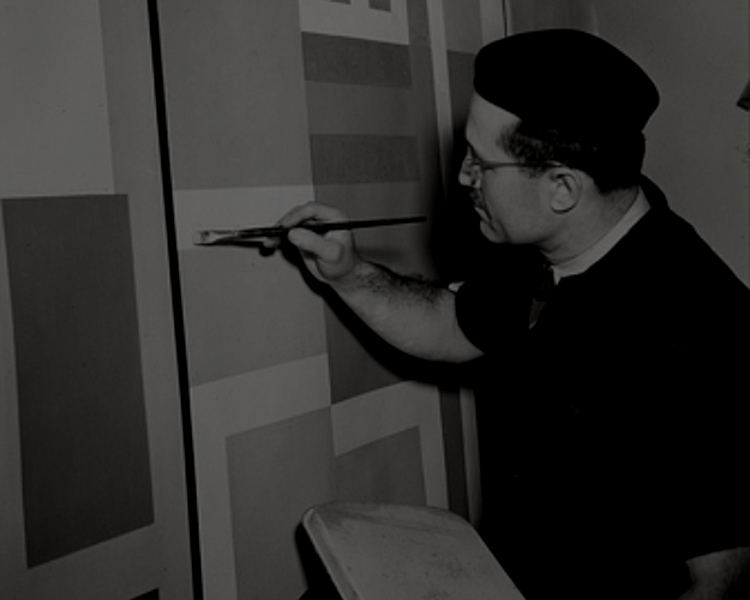
Brand Creation formalizes your brand so that everyone can understand it the same way
Once you’ve mapped out your fundamental brand concepts in the first stage of the Brand Activation process (see Brand Exploration), it’s time to formalize the brand. The Brand Creation stage produces a coordinated set of words and visuals that help the brand project a single, consistent image to all that encounter it.
The most visible products of Brand Creation comprise the brand’s basic public uniform. Brand names, logos and slogans are symbols we’re all familiar with – to the point that they’re often believed to be what branding is mainly about. This mistakes the uniform for the brand itself, much like thinking it’s the white coat and stethoscope that makes a doctor.
Beyond the symbols: how to formalize the brand in depth
Brands are complex entities. They have a personality, a history, style preferences, motivations and intentions. They grow and evolve over time. Like people, brands are very hard to encapsulate verbally with any accuracy or consistency.
It’s tempting for corporate leaders to think that because they have their brands fixed in their own minds, everyone else must be more or less on the same page. If this rings a bell, a reality check may be in order: ask a dozen or so people inside and outside your company to describe your brand in a sentence or two.
Too many different answers is a sign of Scattered Brand Syndrome.
The cure? Write everything down. The more you can write down and encode visually about your brand, the better your chances that people will develop a consistent understanding of it.
Start with the basic uniform: name, logo, tagline and visual identity standards for communications. Those are the key features of a standard “Corporate Identity” document.
Then dive deeper. Add written statements such as a brand mission statement, brand attributes and values, the brand’s “creation myth” and other formalized outputs from the Brand Exploration stage. Include descriptions of brand differentiation points, competitor positionings, and customer personas. Why not a brand FAQ or a brand manifesto? You can also insert visuals that express brand personality or a visual “brand world”.
Put all this together in one place and call it the Brand Manual. Consider this a living document. The fundamentals will remain constant but you can add and revise details and interpretations over time.
The underappreciated power of internal branding
The Brand Manual is for internal consumption only — customers and the general public don’t need to see the gears turning inside the machine. But that only underlines the manual’s importance. For B2B companies especially, your own people are the primary means of conveying the brand to customers. The better they understand the brand, the more powerful your brand will be. If they misunderstand the brand, you might as well not have one.
The Brand Creation process and the Brand Manual are just the first steps in a comprehensive internal branding program that can also include training, incentives and operational reforms. Internal branding is often neglected, yet it’s the essential link between the brand-as-you-conceive-it and the brand-as-it-actually-exists in the minds of your customers.